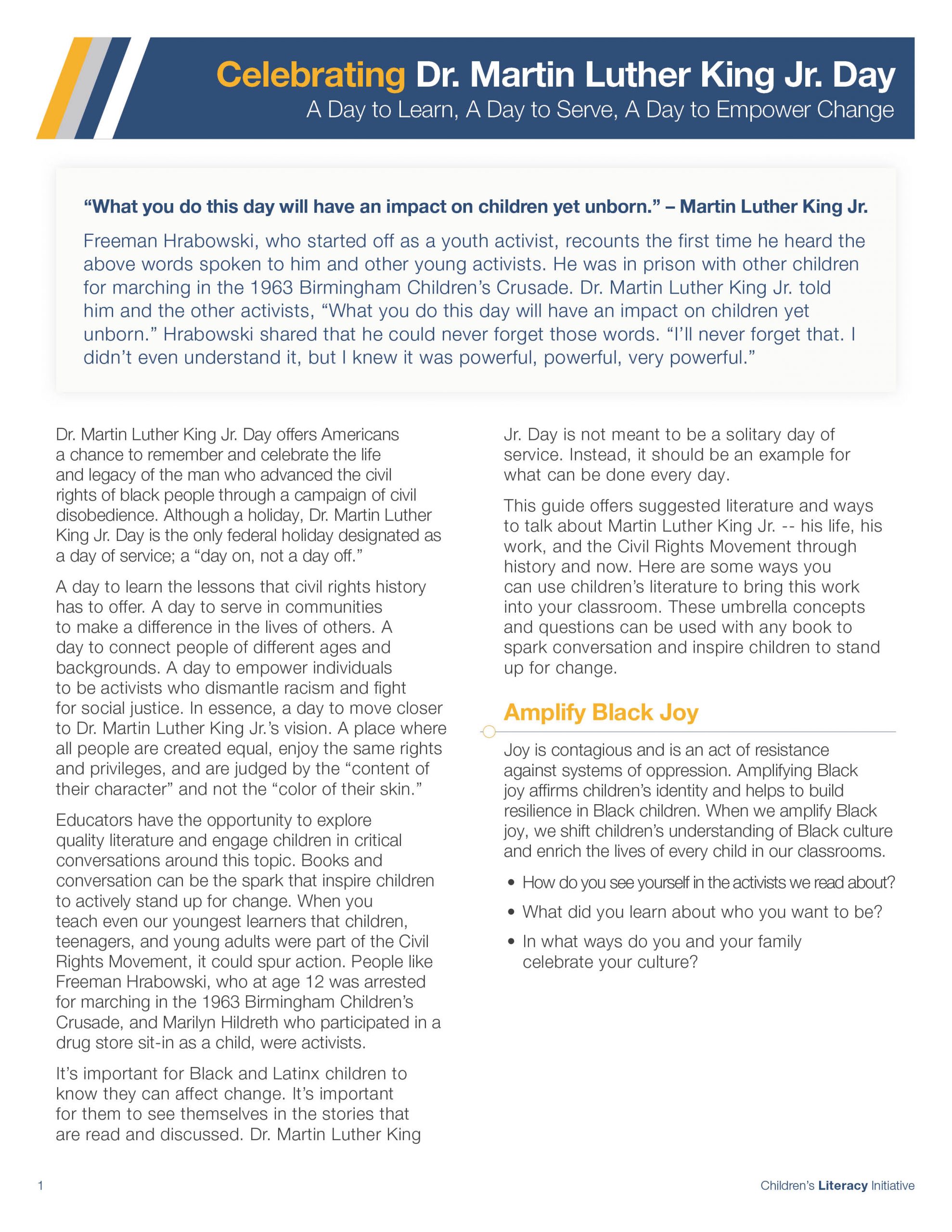"Now more than ever, we must embed culturally responsive and identity-affirming pedagogy and practices as a basic right to all students."
Dr. Dubiel | Founder/CEO Systemic Educational Equity, LLC
In my time as an educator and DEI practitioner, I’ve been asked, from time to time, to clarify the connection between teaching and DEI.
When I think of diversity work in its rawest form, I reflect on Maslow’s Hierarchy of Needs and brain science. My take on Maslow’s theory is if people are stripped and/or limited in their ability to secure the Basic Needs (food, water, rest, warmth, security and physical safety) and Psychological Needs (sense of belongingness, meaningful relationships, prestige and feeling of accomplishment), they are burdened with climbing society’s ladder of success without the necessary physical, social and psychological supports.
When you combine these concepts with brain science, the relationship between DEI and learning becomes abundantly clear. When people are placed in environments where they do not feel a sense of safety, security and belonging, it affects how the brain functions. This is especially true for young children with developing brains. Let’s play this out:
- RAS (Reticular Activation System) - keeps us awake and alert
- Neocortex (frontal lobe) – it controls our executive functioning by allowing us to pick, choose and organize information. It also manages our emotions. It is the driver of our brain and it really struggles to do the job of learning when the amygdala is activated.
- Limbic system – the 2 crucial parts are the Amygdala (defense mechanism - fight, flight, flee) and the hippocampus (access to memory and learning) - these 2 systems are sandwiched between the RAS and Neocortex
- When the RAS senses a threat, the amygdala takes over, the brain is consumed with the threat at hand (microaggressions, insults, negative memories, etc.) and this makes it difficult for the brain to go back to learning. This response is even more acute in the developing brains of young children.
In my 20 year teaching career, I lived and experienced the above first hand. My students knew that I cared about them, but in looking back, my tough love tactics may not have been the best approach for the students that I taught. I felt I was fair, but left little time for hearing students out. I pushed my students very hard, but sometimes too hard. None of this was out of malice. It was how I was raised – you have to be better than everyone else to make it – pull yourself up from your bootstraps (BTW, what does that even mean).
MLK Day Book Collection

But, as the years wore on, the mentality that I was raised with was substituted with a more informed, caring, and understanding approach. I began to have weekly class meetings just to get to know my students as individuals. I reflected on my classroom policies, like turning in late work, and on how I managed my class to ensure that I provided opportunities for student input and perspective.


At CLI, we know reading equals many things -- outcomes that are critical now more than ever. Help us show the power that comes from reading and supporting early literacy by sharing these mini-videos across social media, and telling others what reading equals to you.
Illinois State Board of Education Implements new teaching standards to better serve diverse population of students
SPRINGFIELD – The Illinois State Board of Education today adopted new Culturally Responsive Teaching and Leading Standards to prepare future educators to teach diverse students. ISBE's Diverse and Learner Ready Teacher (DLRT) Network developed the standards, which educator preparation programs in colleges and universities will integrate into their course content and field experiences.
“With the beautiful, growing diversity of students in Illinois, now more than ever, we must embed culturally responsive and identity-affirming pedagogy and practices as a basic right to all students," said Dr. Dubiel, who is also founder, chief executive officer, and chief equity officer of Systemic Educational Equity, LLC.
The standards aim to foster classroom and school environments in which every student feels that they belong. This feeling of belonging is critical to improving academic and behavioral outcomes for Illinois' increasingly diverse students. More than 52 percent of Illinois students identify as students of color and English Learners make up the fastest growing student population, but Illinois' teacher workforce remains more than 82 percent white. The ability to reach students from different cultural backgrounds is an essential skill to succeed as a teacher in Illinois today.
MLK Day Guide
On MLK Day, educators have the opportunity to explore quality literature and engage children in critical conversations around this King's life and legacy. This guide offers suggested literature and ways to talk about Martin Luther King Jr. -- his life, his work, and the Civil Rights Movement through history and now.
Get Updates!
Ensure you stay up-to-date with the latest news, impact reports, donor events, and much more.

